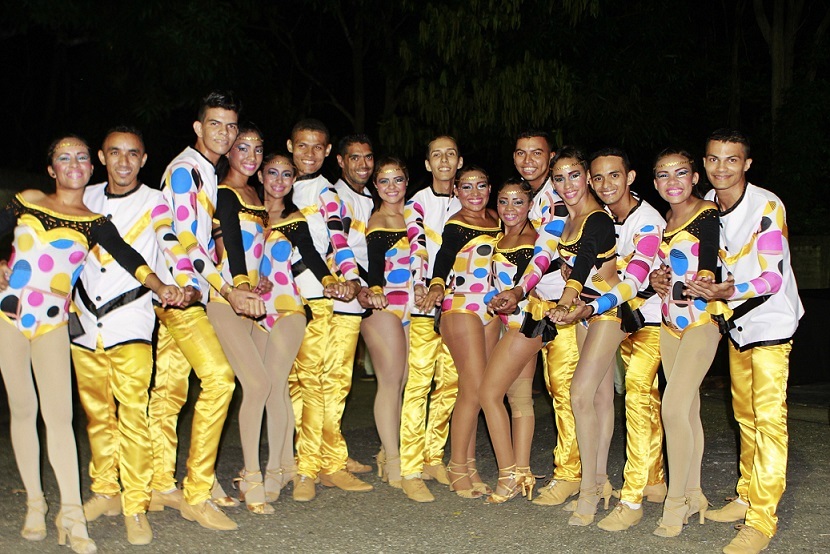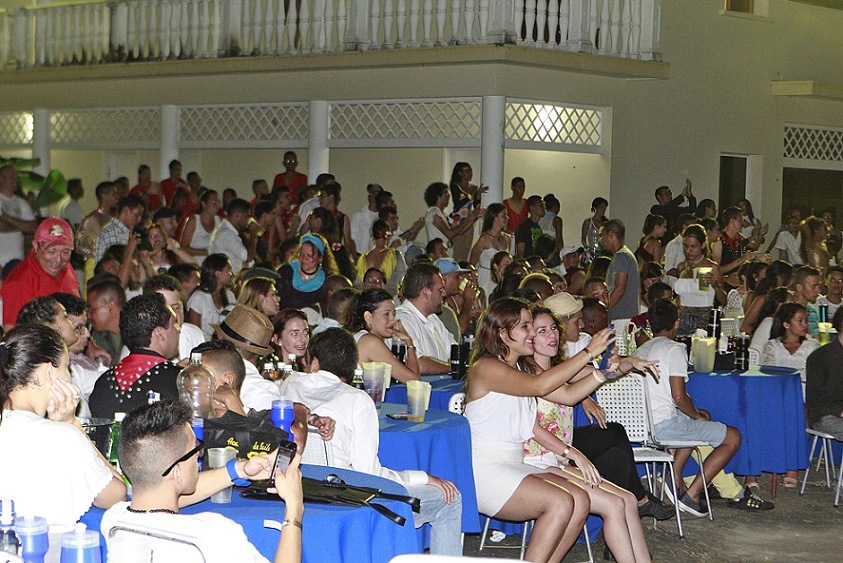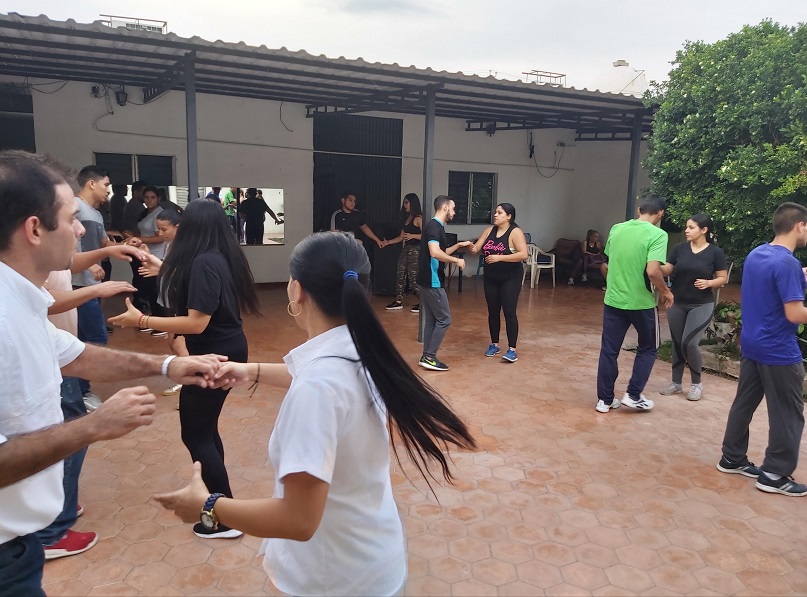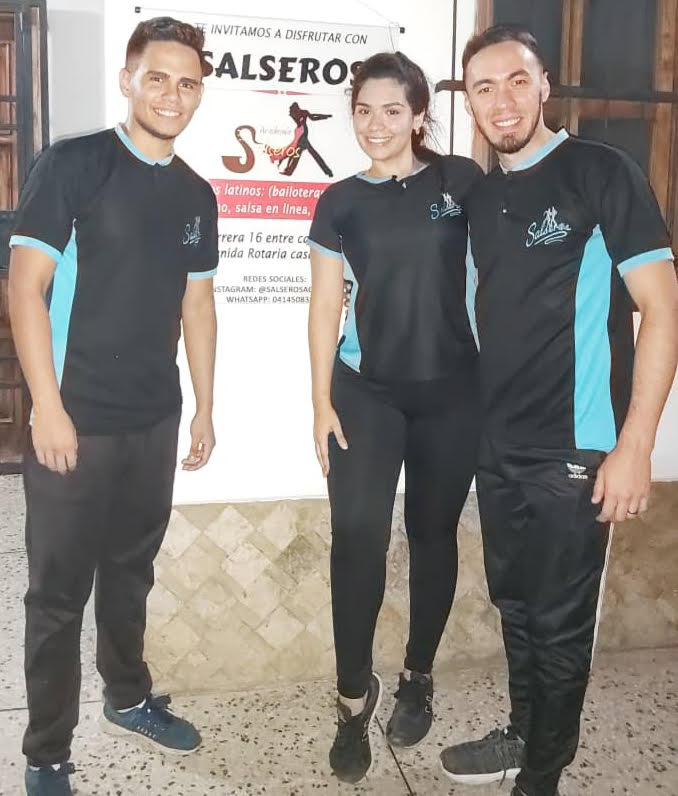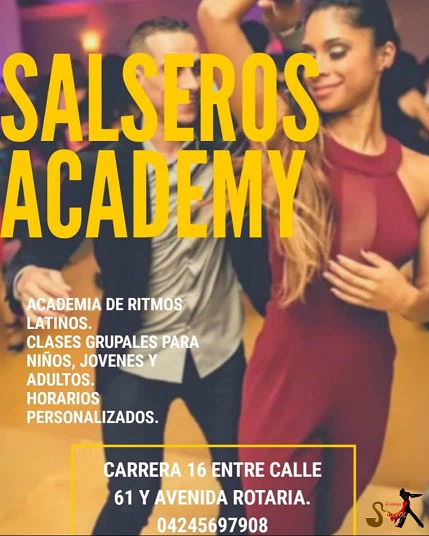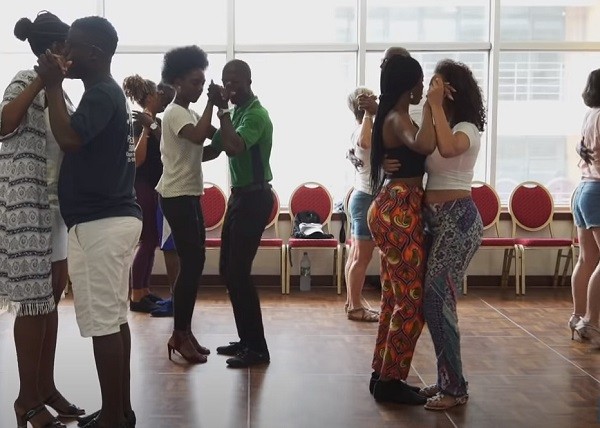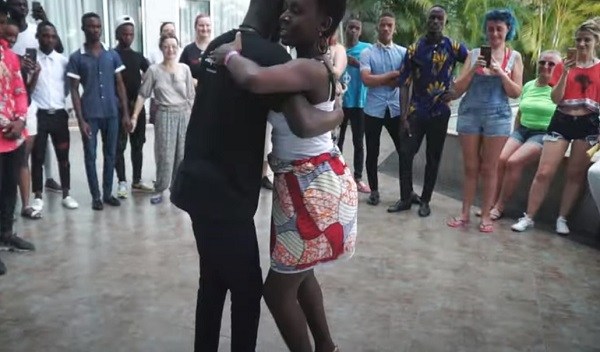North America - Canada – Ontario
Dance Dojo, Develop the confidence, rhythm, and skills to have more fun with your dance partners

Till 2014, Dance Dojo help you improve your salsa, one step at a time, to fully express yourself and have more fun on the dance floor.
Dance Dojo is a online Salsa & Bachata dance school for people who want to become better social dancers.

Learn salsa on 1 or on 2 with Patrick and Scarlet or Bachata with Harold and Regan.
They’re creating a place where anyone can learn to dance online from some of the world’s best teachers, and Salsa is just the beginning.

They believe everyone can dance. It’s the experience of learning to dance that determines whether someone enjoys it, and keeps going. They make sure you do both.
Products
Salsa with Patrick & Scarlet (On1 & On2, linear style),
Bachata with Harold & Regan
Social dancers choose to learn with them because they can…
Get the clearest instruction
Experience incredibly detailed breakdowns presented in an easy-to-understand way. After this, you’ll never want to go back to YouTube.
Learn with convenience
Access your lessons anytime, anywhere, watching them as many times as you like — even in slow motion. Have fun making mistakes in a safe environment.

Fast track progress
With a progressive curriculum that focuses on technique and building strong fundamentals, you’ll become a better dancer faster.
Access the best teachers
Learn from the best teachers, not the flashiest dancers. Their super power is helping students become the greatest social dancers they can be.
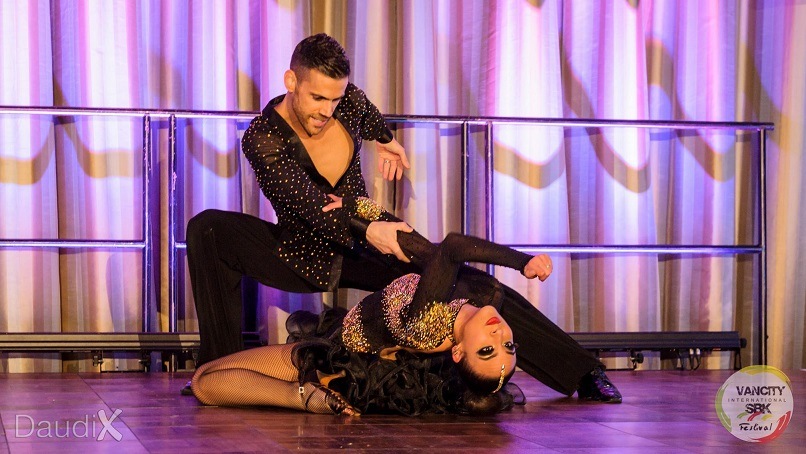
Practice without a partner
You’ll have tons of lessons that don’t require a partner. There’s always something to learn. No excuses!
Get ongoing feedback
Struggling with something? Post in our private Facebook Group and get feedback from other instructors and dancers in the community.
More info



